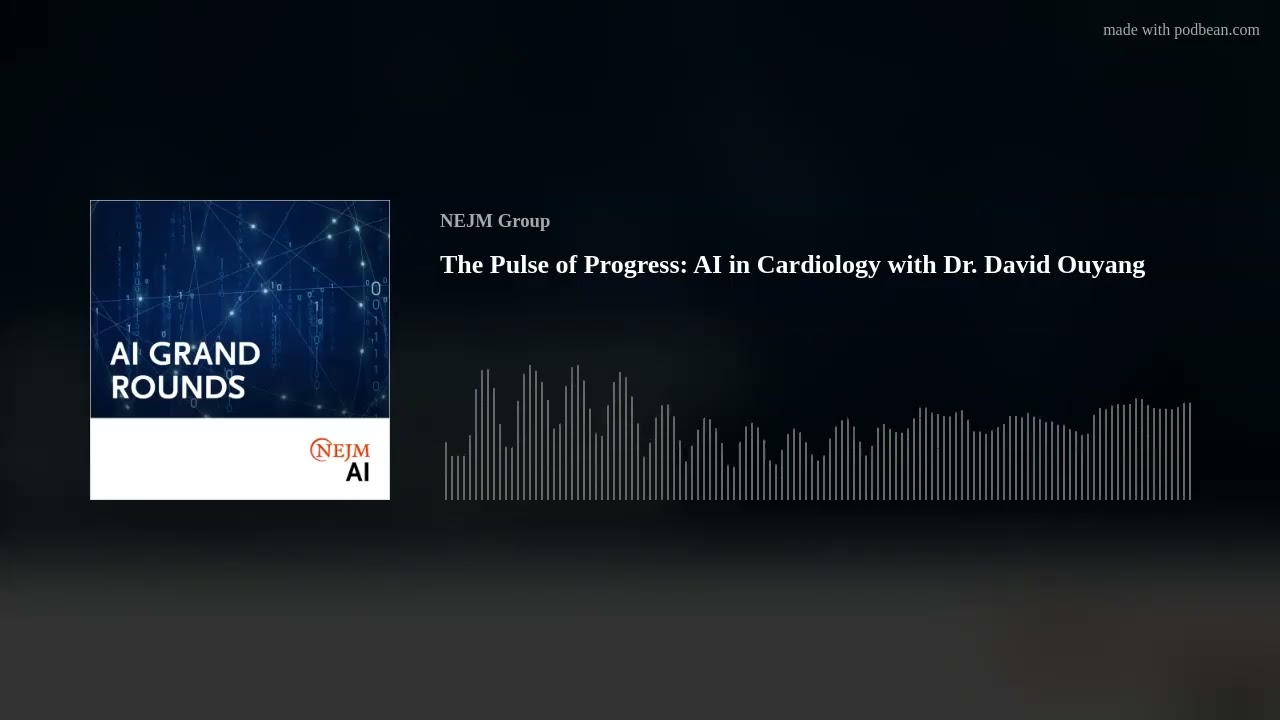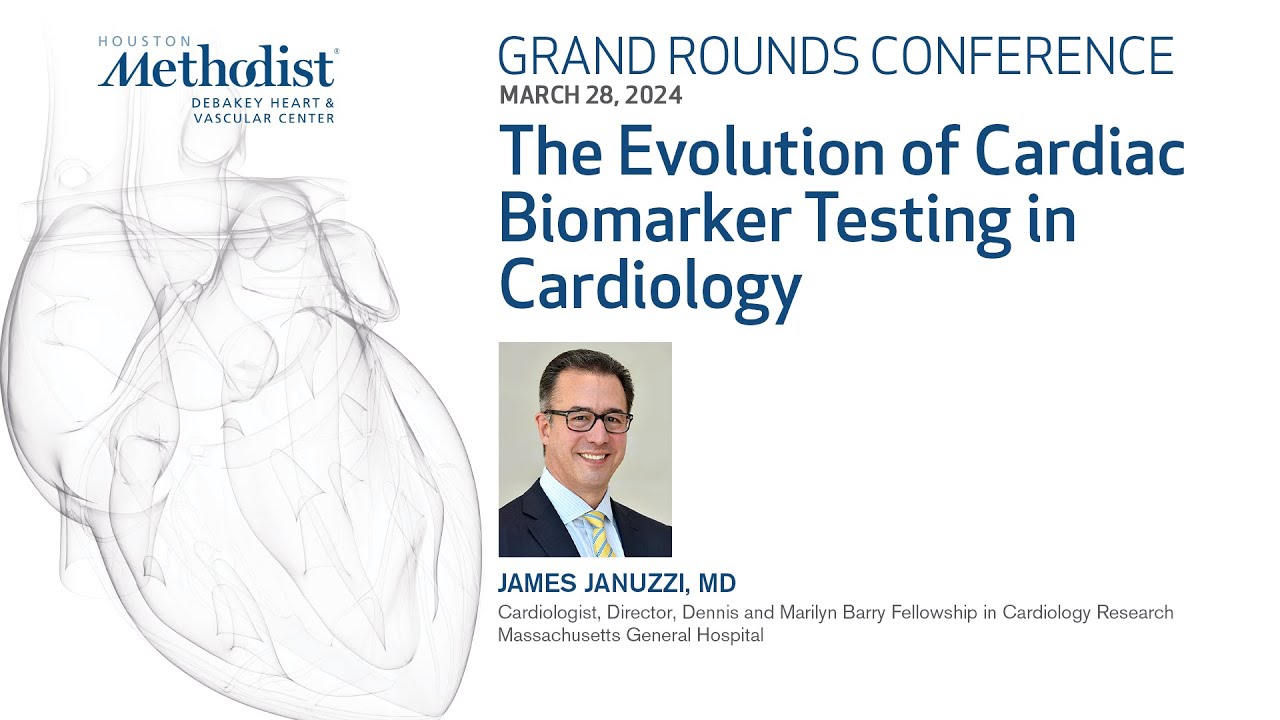The Cardiology Channel
February 27, 2012 • Cardiology, Family Medicine, Internal Medicine, Pharmacists, Reuters Health • The Doctor's Channel Newscast
NEW YORK (Reuters Health) – There is no need to avoid proton pump inhibitors (PPIs) in patients on the platelet inhibitors clopidogrel or ticagrelor. The increased rates of adverse cardiovascular events in these patients are tied to baseline status rather than any drug interaction, researchers report in a January 18th on-line paper in Circulation.
As Dr. Shaun Goodman told Reuters Health by email, “our findings are a good reminder to clinicians that we always need to be cautious in the interpretation of observational studies describing associations between treatment (in this case proton pump inhibitors together with clopidogrel) and outcomes (in this case cardiovascular death/myocardial infarction/stroke at 1 year) and not jump to cause-and-effect conclusions.”
Dr. Goodman of the University of Toronto and colleagues examined data from the PLATO trial, which compared this composite outcome in patients given clopidogrel or ticagrelor. Use of PPIs or other gastric acid suppressive therapy such as histamine H2 receptor blockers was at the discretion of the patient’s physician.
Overall, the results from PLATO were in favor of ticagrelor. This continues to be the case in post-hoc analyses. For example, see Reuters Health report 2011-11-29.
In the current study, the researchers sought to examine the influence of PPI use. Ticagrelor, they point out, “is a P2Y12 inhibitor that does not require biotransformation and has no known pharmacokinetic or pharmacodynamic interaction with PPIs.”
There is, however, some evidence that concomitant PPI use reduces the antiplatelet effects of clopidogrel. In particular omeprazole “has a high potential to inhibit the CYP2C19 isoenzyme, and thus modulate conversion of clopidogrel into its active metabolite.”
The team investigated outcomes in 6,539 patients receiving a PPI and 12,060 who did not. Median follow-up was for about 1 year.
After adjustment, among the findings were that the risk of reaching the primary endpoint was significantly increased in patients on a PPI, including in both those receiving clopidogrel (hazard ratio 1.20) and those on ticagrelor (hazard ratio 1.24). Findings were similar in those on non-PPI GI treatment.
Thus, “the association between PPI use and adverse events appears highly confounded such that PPI use is likely a marker for, rather than a cause of, a higher rate of cardiovascular events.”
The use of a PPI was also associated with an increased rate of major bleeding in both the clopidogrel and ticagrelor group.
“If PPIs interfered with the metabolism of clopidogrel and ticagrelor such that their reduced antiplatelet efficacy resulted in a higher risk of subsequent ischemic events,” the researchers point out, “it is otherwise difficult to explain why these patients would also experience a higher rate of bleeding.”
“However, if the use of PPIs simply identifies those patients at increased risk of cardiovascular events, it is not surprising that these patients are also at higher risk of major bleeding.”
In fact at baseline, “patients on a PPI are at higher risk compared to those not on a PPI.” More are older, have prior comorbidities and have a higher mortality risk.
Thus, “the increased rate of cardiovascular events in patients who receive a PPI seems mainly explained by differences in baseline characteristics.”
Dr. Goodman also stressed that “Even statistical attempts at adjusting for differences in the characteristics of patients who do or do not take a PPI cannot replace a proper randomized clinical trial.”
“We can use observational studies to generate hypotheses (i.e., that some PPIs interfere with the metabolism and therefore the antiplatelet effect of clopidogrel [already demonstrated in multiple studies; however, the clinical impact remains uncertain]) but, in general, we should NOT change our clinical practice in the absence of randomized trial data confirming or refuting our findings of association.”
Source(s):
Association of Proton Pump Inhibitor Use on Cardiovascular Outcomes with Clopidogrel and Ticagrelor: Insights from PLATO
Circulation 2012






